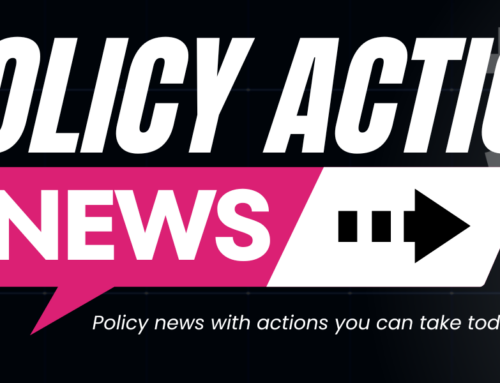This is Part 1 of the five-part statement “Five Things Media Makers Can Do NOW to Stand Up to HIV Stigma.” Read the full statement as a single article
- Watch your language!
The stigma attached to HIV is a significant barrier to
living well with HIV. By working together, we can raise awareness and help improve the lives of those living with HIV by being mindful of our language. Language can be a tool to empower, or to further stigmatize. Media messages can support HIV prevention, care, and treatment by using empowering, appropriate terminology:
a.
Refer to those living with HIV as “people living with HIV.” Always put the person before the disease. We are people first – we are not our disease.
b. Use
“diagnosed with” or “acquired” HIV, instead of “infected with” HIV or “HIV-infected.”
c.
Avoid words designed to shame or judge people – for example:
- “promiscuous” to describe a person who has had multiple sex partners is a judgmental term and is often applied differently to heterosexual men, gay men, and women.
- “prostitute” to identify a sex worker – the former is a legal term that does not apply in every context; the latter is preferred.
- “clean” or “dirty” when referring to HIV status. Clean and dirty should only be used when referring to laundry and dishes, not people.
d.
AIDS is a diagnosis and not a disease – understand the differences between HIV and AIDS. People cannot transmit AIDS. AIDS is not a virus.
Read a detailed definition of “AIDS” (from The Well Project)
e.
Refrain from using the term “full-blown AIDS.” This terms is still used by many media outlets – but
there is no such thing as full-blown AIDS.
The term is “antiquated, redundant, stigmatizing and confusing” – as one longtime HIV provider recently put it. Replace with “an AIDS diagnosis” or simply “AIDS.”
f. Apply the information above and below to headlines, the gateway to stories – and
avoid sensationalist headers such as “AIDS-Positive Alabama Pastor Who Slept with Congregants Banned from Church,” from the Associated Press last October.
 For more information: View the full slide set
For more information: View the full slide set for PWN-USA’s webinar “Eliminating Stigma from the Language of HIV Communications” – or
view a recording of the full webinar including slides and voices of presenters
Like what you’ve read? Share this statement on Twitter, Facebook, and beyond using the hashtag #StandUptoHIVStigma!
 For more information: View the full slide set for PWN-USA’s webinar “Eliminating Stigma from the Language of HIV Communications” – or view a recording of the full webinar including slides and voices of presenters
For more information: View the full slide set for PWN-USA’s webinar “Eliminating Stigma from the Language of HIV Communications” – or view a recording of the full webinar including slides and voices of presenters



